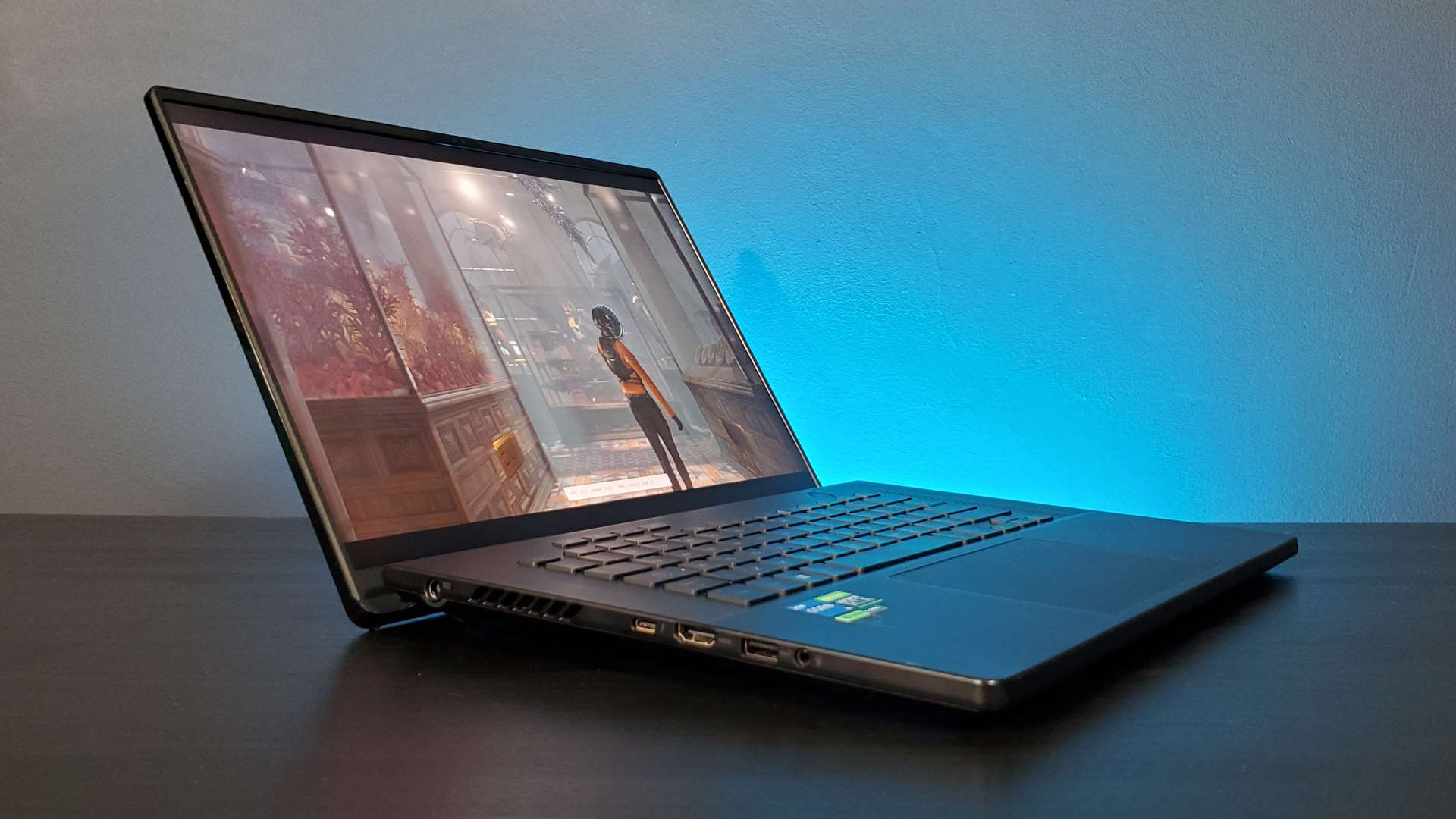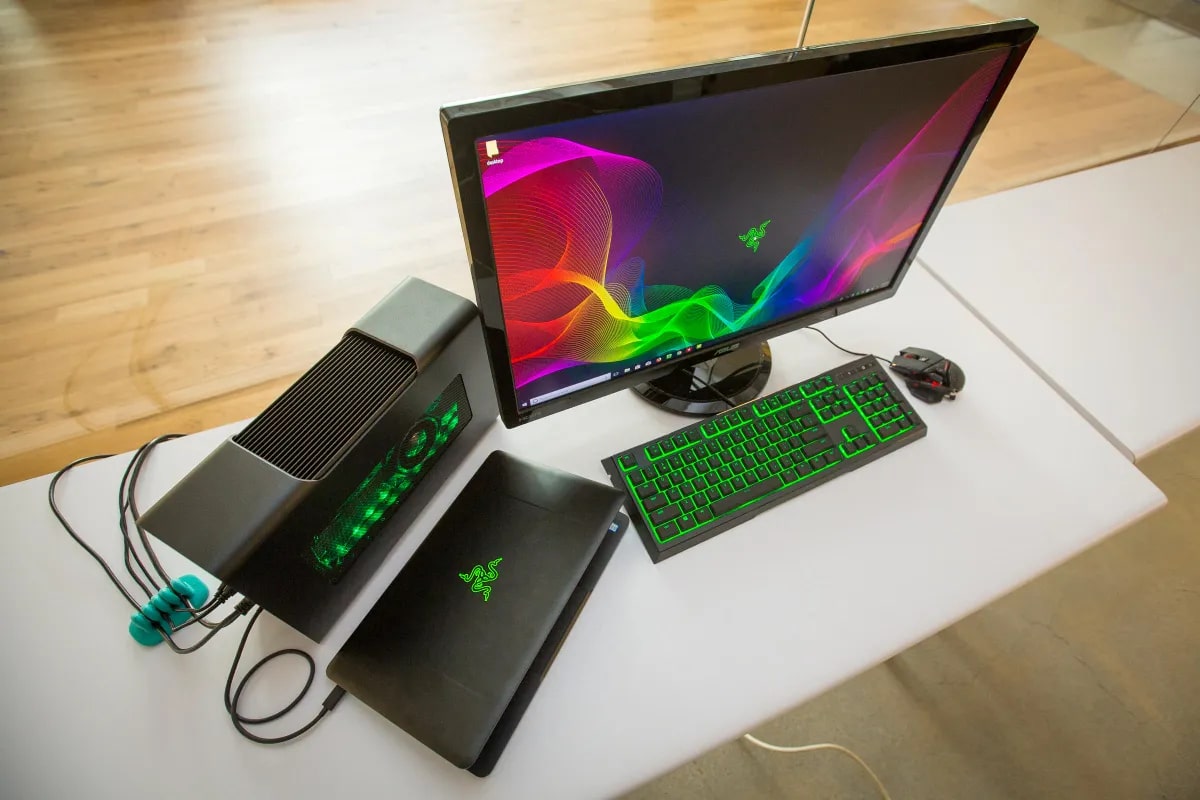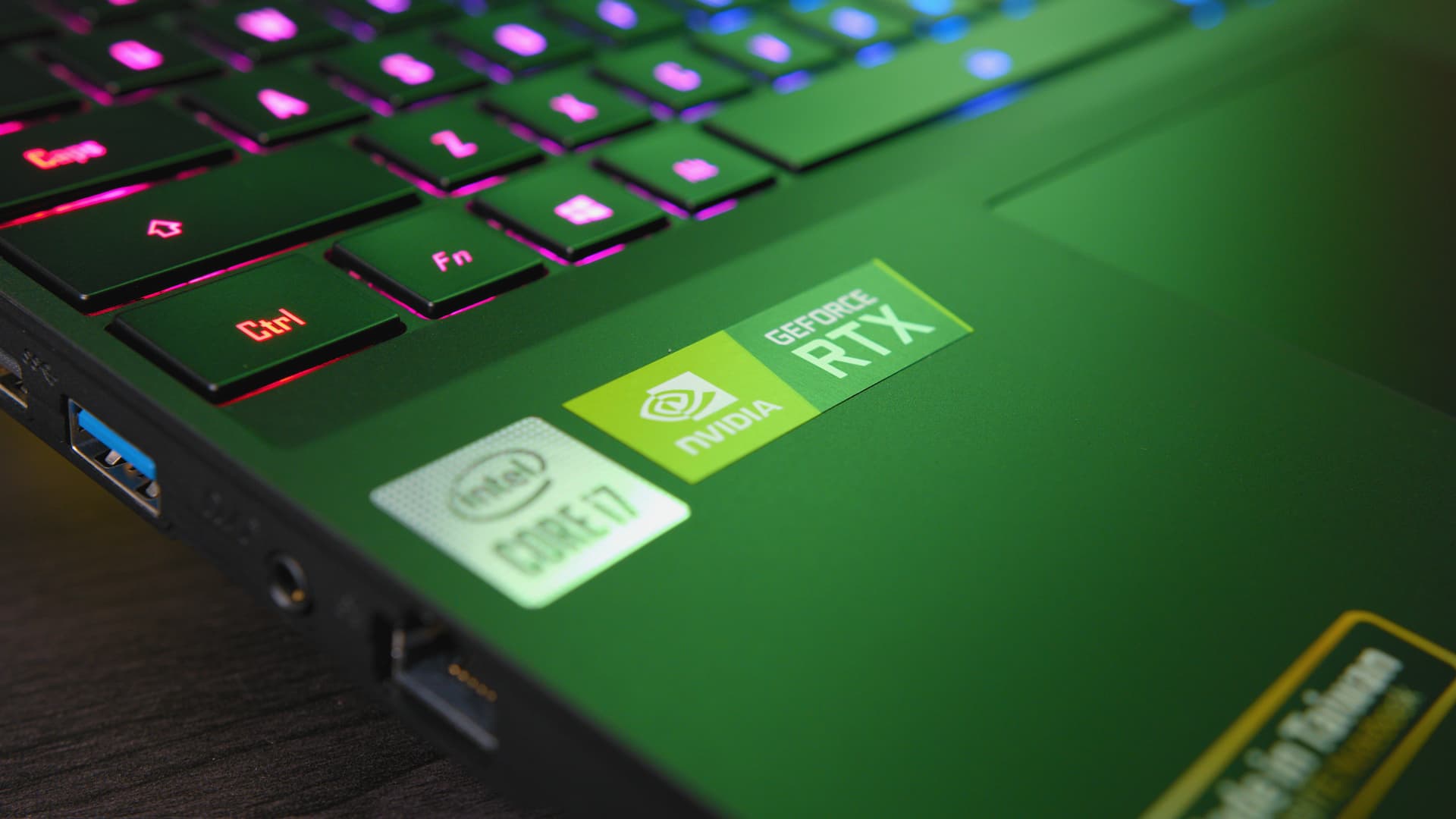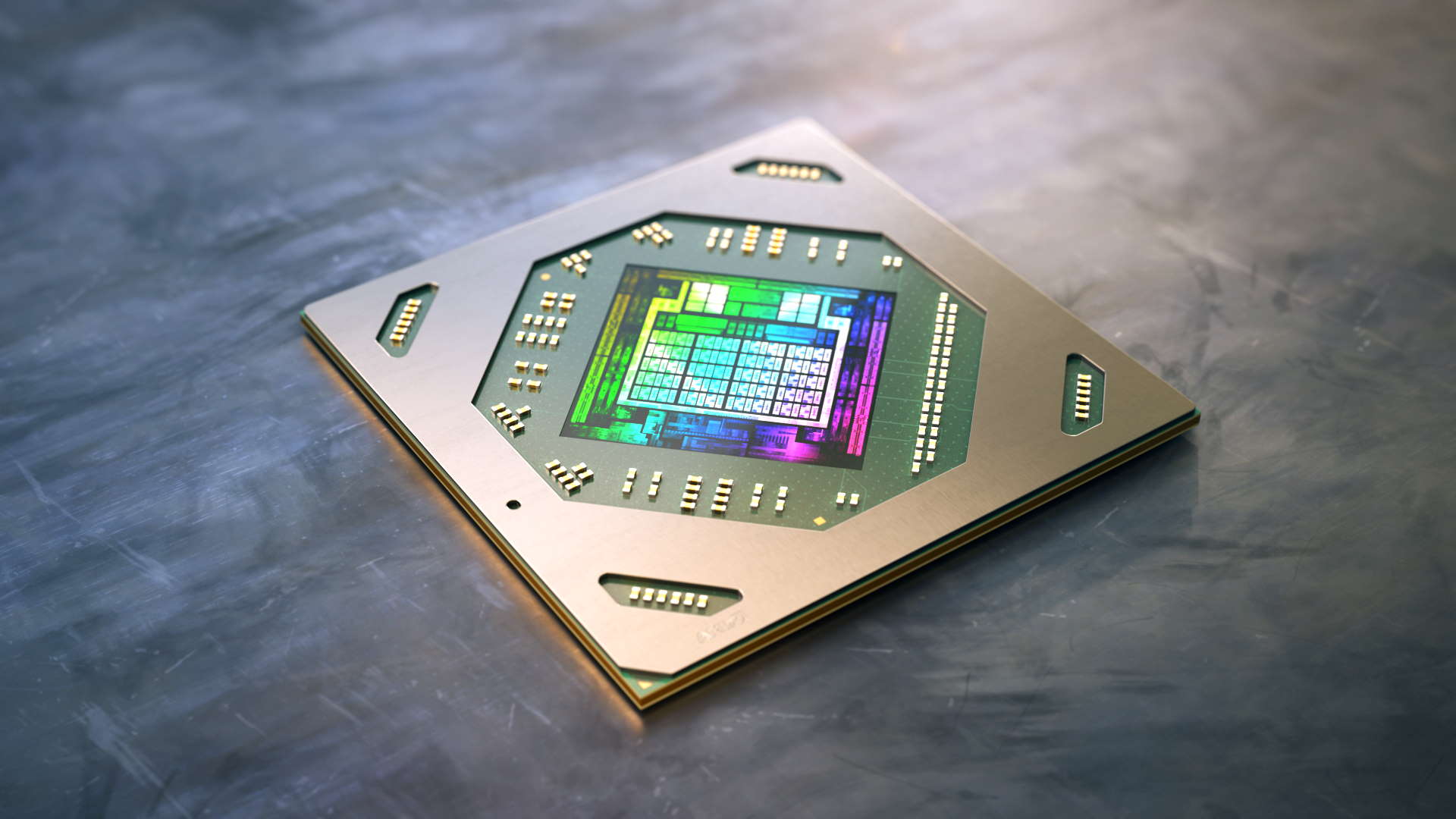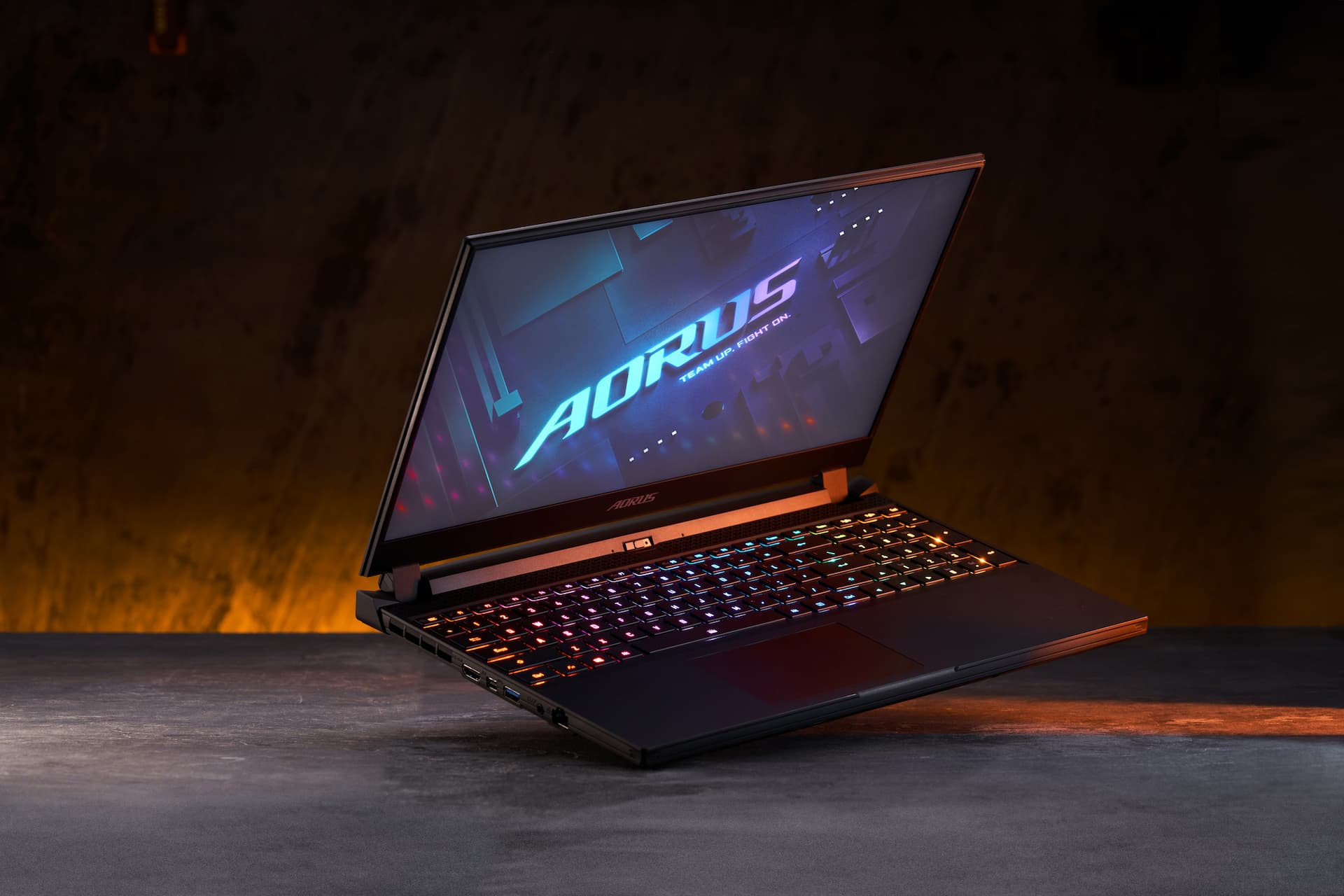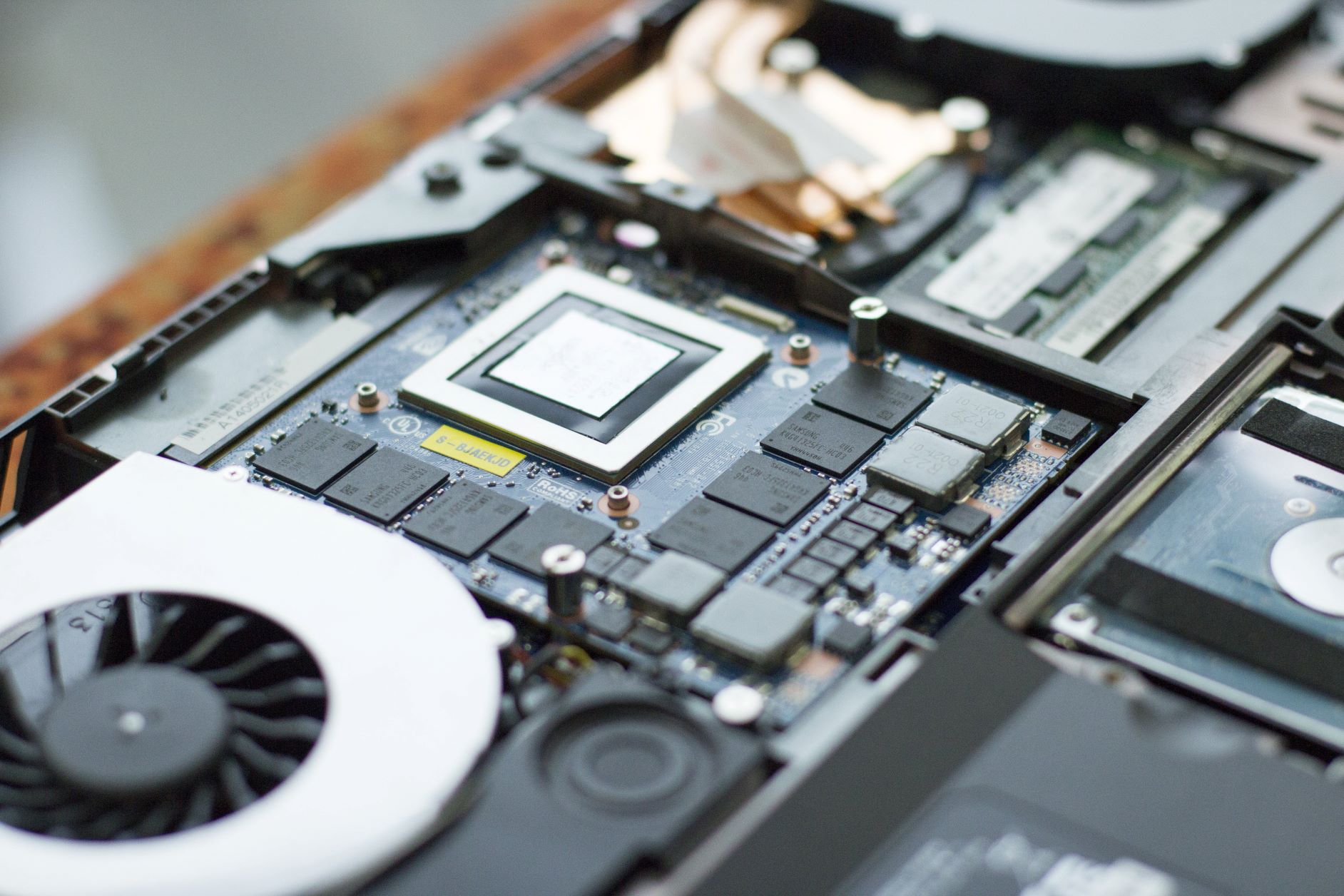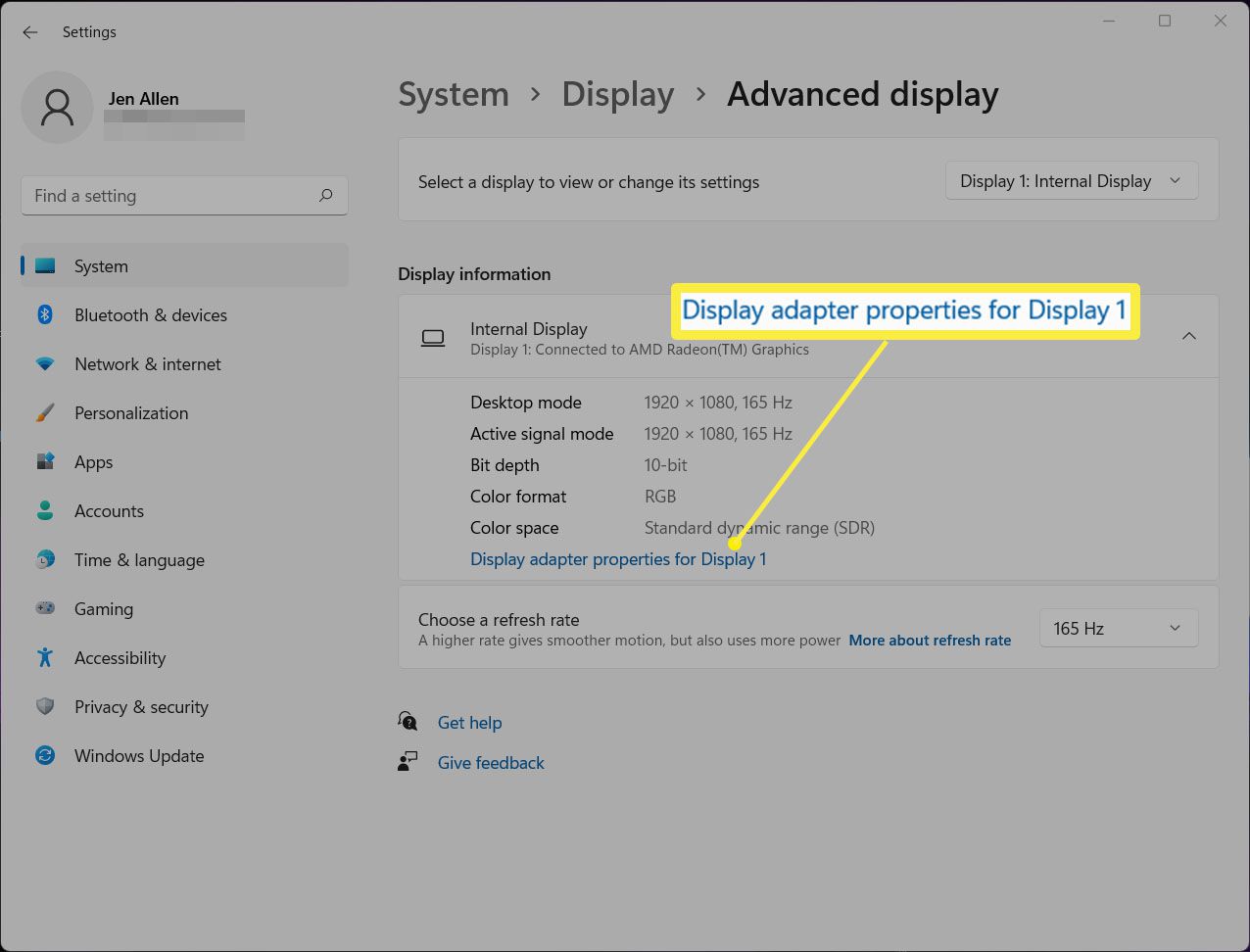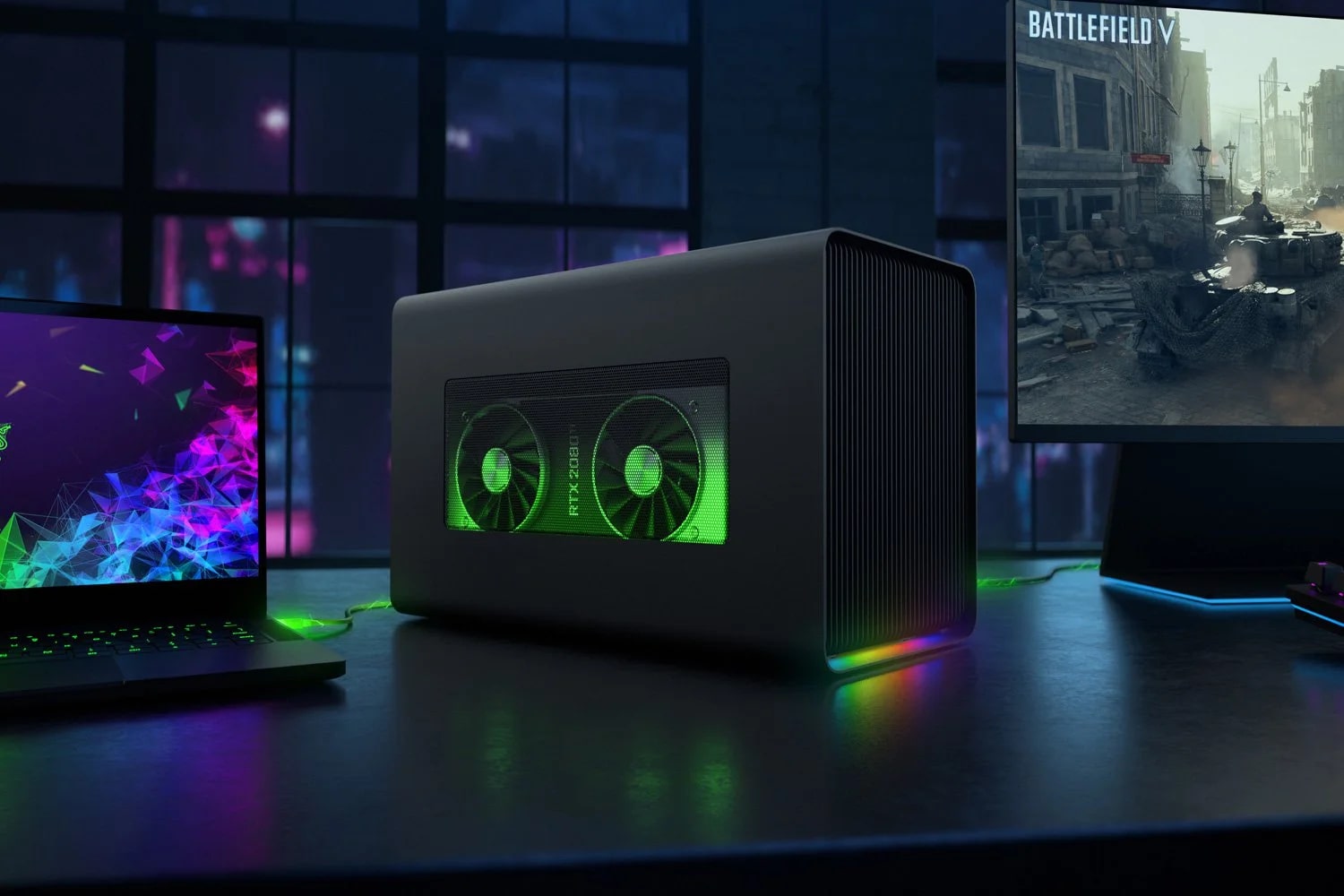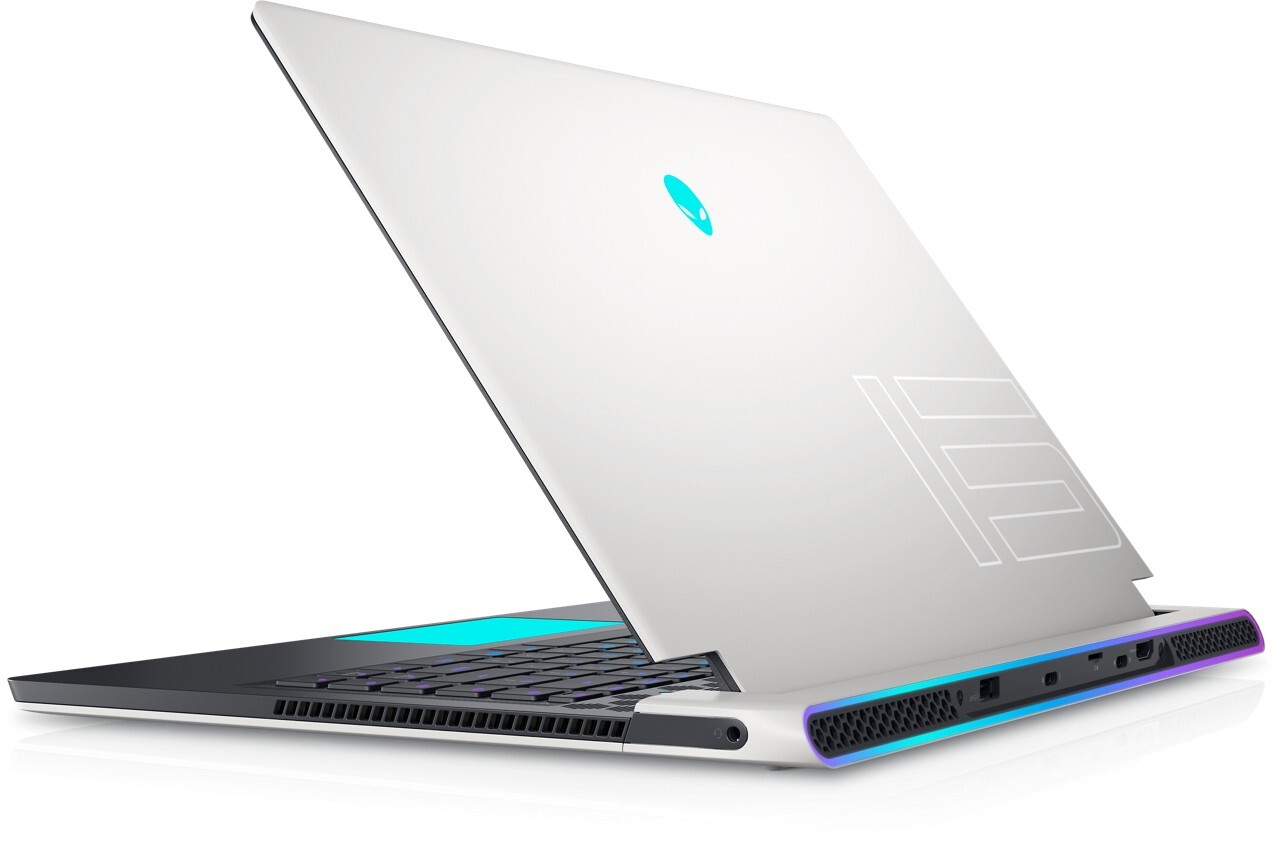Introduction
Knowing what graphics card is installed in your laptop can be useful for a variety of reasons, such as troubleshooting graphics-related issues, ensuring compatibility with software and games, or simply satisfying your curiosity. Fortunately, there are several methods you can use to find out this information without having to open up your laptop. In this article, we will explore the different techniques you can employ to determine what graphics card is in your laptop.
The graphics card, also known as the GPU (Graphics Processing Unit), is responsible for rendering images and videos on your screen. It is an essential component that directly affects the performance and visual quality of your laptop’s display. By identifying the specific graphics card model, you can determine its capabilities and ascertain whether it meets the requirements of certain software or games.
While some laptops may have a dedicated graphics card, others may rely on an integrated graphics solution embedded within the CPU. Integrated graphics are generally less powerful than dedicated graphics cards, but they are sufficient for most everyday tasks, such as web browsing, document editing, and media playback.
In the following sections, we will explore various methods you can use to find out what graphics card is in your laptop. These methods range from built-in Windows tools to third-party software options. Whether you are a casual user or a tech enthusiast, these methods will help you uncover the mystery of your laptop’s graphics card.
Now, let’s dive into the different techniques you can employ to identify the graphics card in your laptop.
Checking the Device Manager
One of the easiest ways to find out what graphics card is in your laptop is by checking the Device Manager. The Device Manager is a built-in Windows tool that provides a comprehensive list of all the hardware components installed on your computer.
Here’s how you can access the Device Manager:
- Press the Windows key + X or right-click the Start button to open the Power User menu.
- Select Device Manager from the list of options.
Alternatively, you can also search for “Device Manager” in the Windows search bar and click on the corresponding result.
Once you have opened the Device Manager, follow these steps to locate the graphics card:
- Expand the “Display adapters” category by clicking on the arrow next to it.
- You should see the graphics card listed underneath the “Display adapters” category. The name of the graphics card should be displayed here.
The Device Manager will provide you with the name and model of your graphics card. Armed with this information, you can easily search for any specific details or specifications related to your graphics card online.
It’s important to note that the Device Manager may not always provide the most detailed information about your graphics card. In some cases, it may only display a generic name or a basic description. If you require more specific details, you can explore other methods mentioned in the following sections.
Now that you know how to check the Device Manager, you can easily find out what graphics card is in your laptop. Let’s move on to the next method.
Using System Information
Another method to determine the graphics card in your laptop is by using the System Information tool. This tool provides a detailed overview of your computer’s hardware and software configuration, including information about the graphics card.
Here’s how you can access the System Information tool:
- Press the Windows key + R to open the Run dialog box.
- Type “msinfo32” (without quotes) in the Run dialog box.
- Click OK or press Enter.
Once you have opened the System Information tool, follow these steps to locate the graphics card:
- In the System Summary section, find the entry labeled “Display” and click on it.
- In the right pane, you will find detailed information about your graphics card, including the name, manufacturer, driver version, and more.
Using the System Information tool can provide you with more specific and detailed information about your graphics card compared to the Device Manager. You can use this information to determine if your graphics card meets the system requirements of a particular software or game.
Please note that the System Information tool may vary slightly depending on the version of Windows you are using. However, the general steps mentioned above should be applicable to most Windows operating systems.
Now that you know how to use the System Information tool, you can easily find out what graphics card is installed in your laptop. Let’s explore another method in the next section.
Running DirectX Diagnostic Tool
The DirectX Diagnostic Tool is a useful utility that can provide detailed information about various aspects of your computer’s graphics system, including the graphics card. It is particularly helpful for identifying the graphics card model and driver version.
Here’s how you can run the DirectX Diagnostic Tool:
- Press the Windows key + R to open the Run dialog box.
- Type “dxdiag” (without quotes) in the Run dialog box.
- Click OK or press Enter.
Once you have opened the DirectX Diagnostic Tool, follow these steps to locate the graphics card:
- In the System tab, you will find the information regarding your operating system and CPU.
- Switch to the Display tab by clicking on it.
- Under the Device section, you will find the name, manufacturer, driver version, and other details of your graphics card.
The DirectX Diagnostic Tool provides extensive information about your graphics card, including the driver version, which can be crucial for updating or troubleshooting graphics-related issues.
Please note that the DirectX Diagnostic Tool is specific to Windows systems and may vary slightly depending on the version of DirectX installed on your computer. However, the general steps mentioned above should be applicable across most Windows operating systems.
Now that you know how to run the DirectX Diagnostic Tool, you can easily find out the details of your graphics card. Now let’s move on to the next method for identifying your laptop’s graphics card.
Checking the BIOS or UEFI settings
Another method to find out what graphics card is in your laptop is by checking the BIOS (Basic Input/Output System) or UEFI (Unified Extensible Firmware Interface) settings. The BIOS or UEFI is firmware that is responsible for initializing hardware components during the boot process.
Here’s how you can access the BIOS or UEFI settings:
- Restart your laptop.
- During startup, look for a message that prompts you to press a specific key (such as F2, Delete, or Esc) to enter the BIOS or UEFI settings.
- Once you have entered the BIOS or UEFI settings, navigate through the menus using the arrow keys. Look for a section related to system information or hardware configuration.
- Within this section, you should be able to find information about your graphics card, including its name and model.
The BIOS or UEFI settings provide a more low-level view of your laptop’s hardware, including the graphics card. It can provide invaluable information about the specific model and other relevant details that may not be available in other methods.
Since accessing the BIOS or UEFI settings may vary depending on your laptop model and manufacturer, it’s recommended to refer to your laptop’s user manual or the manufacturer’s website for detailed instructions specific to your device.
Keep in mind that making changes to the BIOS or UEFI settings can affect the overall system functioning. Therefore, it is advised to avoid modifying any settings unless you have a clear understanding of what you are doing.
Now that you know how to check the BIOS or UEFI settings, you can easily determine the graphics card installed in your laptop. Let’s explore the next method in the following section.
Third-Party Tools for GPU Identification
If the previous methods mentioned don’t provide you with the detailed information you’re looking for, or if you prefer a more user-friendly approach, you can turn to third-party tools specifically designed for GPU identification. These tools offer a more comprehensive view of your graphics card, including detailed specifications, performance benchmarks, and temperature monitoring.
Here are some popular third-party tools you can use:
- GPU-Z: GPU-Z is a lightweight utility that provides detailed information about your graphics card, such as the GPU model, memory size, clock speed, and driver version. It is widely used by enthusiasts and professionals for GPU monitoring and diagnostics.
- Speccy: Speccy is a system information tool that can provide a comprehensive overview of your computer’s hardware components, including the graphics card. It offers information about various aspects of the GPU, such as its temperature, clock speed, and memory usage.
- HWiNFO: HWiNFO is a powerful system information and diagnostic tool that can extract detailed information about your graphics card, as well as other hardware components. It provides real-time monitoring of various GPU parameters, including temperature, fan speed, and voltage.
- AIDA64: AIDA64 is a comprehensive system diagnostics and benchmarking tool that offers detailed information about your graphics card, including its model, specifications, and driver versions. It also provides stress testing and performance benchmarking features.
These third-party tools not only help you identify your graphics card but also offer additional features for monitoring and optimizing its performance. They are user-friendly and provide a wealth of information that can be useful for both casual users and advanced enthusiasts.
When using third-party tools, it’s important to download them from reputable sources and ensure that you have the latest version to have access to accurate and up-to-date information about your graphics card.
Now that you have a list of third-party tools for GPU identification, you can choose the one that best suits your needs and easily find out what graphics card is installed in your laptop. Let’s conclude this article in the next section.
Conclusion
Identifying the graphics card in your laptop is crucial for various purposes, such as troubleshooting graphics issues, determining compatibility with software and games, and staying updated on the capabilities of your system. In this article, we explored several methods you can use to find out what graphics card is in your laptop.
We started by checking the Device Manager, a built-in Windows tool that provides a quick glimpse of the graphics card model. However, for more detailed information, we looked into using the System Information tool, which offers an overview of your laptop’s hardware configuration, including the graphics card.
We also discussed the usefulness of running the DirectX Diagnostic Tool, a reliable utility that gives in-depth details about your graphics card and its driver version. Furthermore, we explored the BIOS or UEFI settings as a method to uncover information about the graphics card, though it requires accessing the laptop’s firmware settings.
Lastly, we mentioned the availability of third-party tools such as GPU-Z, Speccy, HWiNFO, and AIDA64. These tools offer a user-friendly interface and provide comprehensive information about the graphics card, including detailed specifications, performance metrics, and temperature monitoring.
By employing one or more of these methods, you can easily find out what graphics card is installed in your laptop. Remember to choose the method that suits your needs and preferences, and always download third-party tools from trusted sources. With this knowledge, you can ensure compatibility, troubleshoot issues more effectively, and make informed decisions when it comes to software and gaming requirements.
So, go ahead and explore the options available to identify your laptop’s graphics card, and make the most out of your computing experience.







